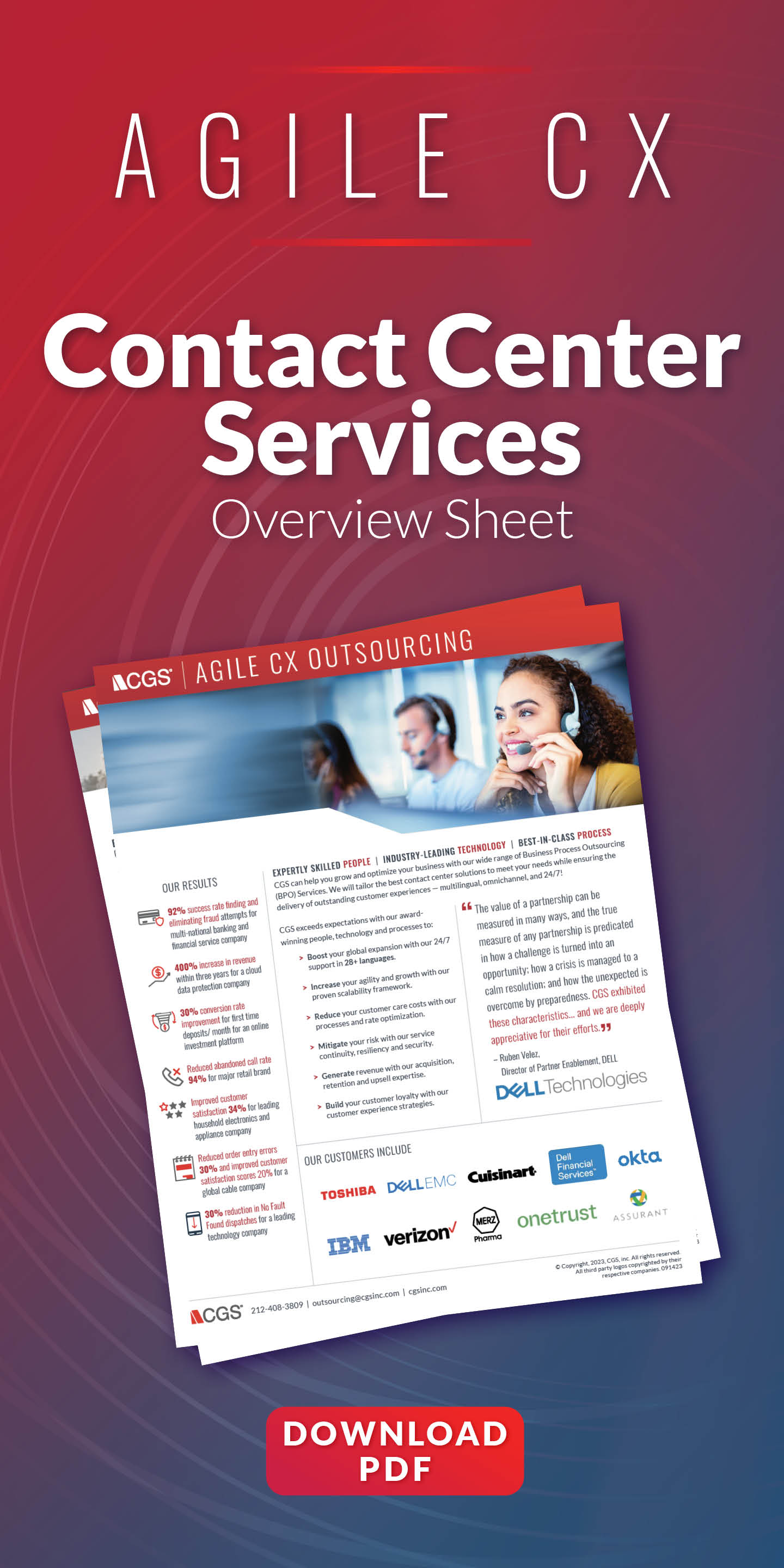Topics
The Sky Is Blue for Cloud Technology - Leave Your Umbrella Home

As I engage in discussions with senior executives across various industries, I sense a more thorough understanding of the benefits of cloud technology. Still there are pockets of customers who fear loss of control, security and operational changes to the point that they defer it for one more year or one more hardware refresh. Others have embraced it and are gaining competitive advantages by building a more agile, nimble and flexible organization.
Salesforce Reigns Supreme
One of the best examples of ROI for SaaS and cloud technology is Salesforce.com. As a leader in rolling out SaaS platforms, it has eliminated the step of asking about servers, storage and networks. Essentially you subscribe on a user or enterprise basis and focus on adoption and time to market. Salesforce holds the crown jewels of many organizations, which is customer and prospect data, sales pipeline, forecasts and revenue data. It also has a diverse user base of sales leaders and executives who are bringing new business to organizations across all markets, regions and industries. While there are architectural and customization discussions required, especially if you are going beyond SaaS into more of a PaaS model, installation is simplified with user requirements being the emphasis over other considerations.
Cloud Installation, Migration and Adaptation
If we applied this thinking to cloud installation and migration, one would think about only the need to access the application from the internet – whether it be from your desktop, tablet or smartphone. Yes, there are infrastructure considerations, but they are at the enterprise level for performance, high availability and disaster recovery. The heavy lifting can be done by your cloud provider and remote monitoring and management partner (often one and the same) who will install, manage and meet the SLAs required for your business.
Organizations should consider how to accelerate their transition to the cloud, including the benefits of the managed cloud. The growing strength of the cloud centers is around helping customers leverage and monetize the data they are generating and collecting so they can be more efficient at managing their business and create new revenue and product initiatives. Business intelligence and predictive analytics are key enablers, as they leverage data from mission-critical ERP applications and cloud computing as well.
Since cloud adoption is often incremental and ROI-based, hybrid solutions with cloud management and on-premises combinations are being developed to satisfy the incremental steps that are being taken. Over time, enterprises will continue to see the economies of scale of “as a Service” models and cloud technology and they will move most, if not all, of their applications to the cloud.
High Availability is Your Umbrella
The only umbrella you should take as you embark on the journey is the upfront attention to high availability, performance and disaster recovery/business disruption planning. For example, all major cloud providers are operating at 99.999% availability to remain competitive. Disaster recovery is also an unexpected benefit of moving to the cloud, replacing other less-robust options.This due diligence step is a key differentiator in selecting a provider, especially for mission-critical applications.
This will provide the peace of mind required to run your business while enjoying the quantitative benefits of reduced operational cost and risk. The time that opens up on your calendar will be an unexpected surprise and it can be used to address ways of winning over your competition. While cloud adoption remains a paradigm shift in many markets and industries, the rate of adoption is proving that growth will continue well into the next decade. History has proven that other game-changing technologies and solutions will build on this important step. So don’t be left behind. And, enjoy the good weather!


